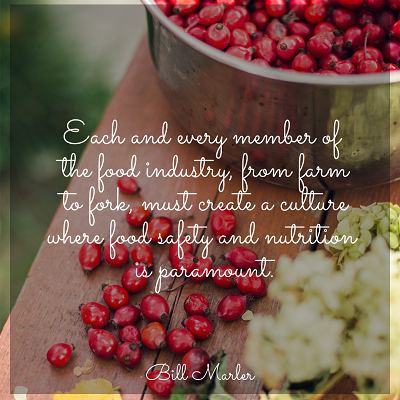 Eating prepackaged foods is sometimes a necessity. Unfortunately, some of the healthiest looking packaged foods can be the worst for you. Deceptive labeling can make unhealthy packaged food seem like a great idea. Here is a list of the 10 worst packaged foods that you can find.
Eating prepackaged foods is sometimes a necessity. Unfortunately, some of the healthiest looking packaged foods can be the worst for you. Deceptive labeling can make unhealthy packaged food seem like a great idea. Here is a list of the 10 worst packaged foods that you can find.
1 – Granola Bars
For some reason when people see a granola bar, they associate it with being healthy. Unfortunately, this just isn’t the case. Granola bars are usually packed with sugar and very high in calories. Even very small granola bars can have upwards of 200 cal.
Unless you are a marathon runner or hiking through the Appalachian Trail you don’t need all the energy that granola bars pack.
2 – Healthy Choice Frozen Dinners
The box says Healthy Choice so you think it would be healthy. Unfortunately, these prepackaged meals are usually loaded with sodium. While the calorie intake may be exactly where you want, your sodium will go through the roof. Try staying away from these frozen meals.
3 – Protein Bars
These bars have become the latest buzz in on-the-go meals. Unfortunately, protein bars may not be as healthy as you think. Often, they contain over 15 g of sugar alcohols. Make sure your reading your nutrition labels.
4 – Deli Meat
A lot of people go to deli meat as an easy source of protein. Unfortunately, deli meat is high in sodium and preservatives. A single serving of deli meat can have over half your daily recommended dose of salt. Also, another ingredient that is often found in deli meats is carragenen which is known to enhance tumor growth.
5 – Veggie Burgers
Prepackaged veggie burgers or another place of hidden sodium. While the calories and the fat may look good at a glance, the sodium of these meatless patties is likely to give you a heart attack.
The best thing you can do is make your own veggie burgers at home. Or skip the burger patty and have a marinated Portobello burger. You’ll be happier and your body will thank you.
6 – Instant Oatmeal
Unless you’re eating plain instant oatmeal, this is a hidden source of sugar. Most people think of oatmeal as a slow digesting whole-grain. When you eat instant oatmeal, you’re getting a very refined version of the grain. This means it digests much faster than if you get steel cut or whole-grain oats.
Additionally, there is a lot of sugar in the flavored varieties of instant oatmeal. If you really like oatmeal and need it on the go, try making big batches of steel cut oats once a week.
7 – Store-Bought Bread
This is where labeling comes in big time. Store-bought bread is one of the most deceptive packages you may ever buy. Things that say multi-grain are not necessarily whole-grain. Packages will have the word health right on them that their primary ingredient will be white flour.
Read your labels, but the nutrition label and ingredients label, not the marketing one.
8 – Pre-seasoned Rice
While brown rice is an amazing product, stay away from pre-seasoned rice. They are notorious for having extreme amounts of sodium often in the form of MSG. If you don’t want to eat your daily recommended dose of sodium in one cup of rice, make your own.
9 – Quinoa Noodles
These sound like an amazing option if you’re trying to stay away from refined wheat. Unfortunately, many quinoa noodles have the primary ingredient as ground cornmeal.
Ground cornmeal just doesn’t stack up against quinoa nutritionally. It may even be worse than flour. Always check your ingredients before purchasing any variety of noodle.
10 – Instant Soups
Soups and stews are amazing sources of nutrition when they are homemade. Especially if you use your own bone broth which has collagen and other great substances you can only get from homemade bone broth.
Unfortunately, instant soup doesn’t compare, unless you’re trying to get all of your sodium in one meal. Check your ingredients and nutrition label because chances are the serving size for your soup is half a can. Most people eat a whole can of soup, so the nutrition labels are pretty deceiving.
These are the worst offenders for deceptive labeling practices for packaged foods. Make sure your reading your nutrition labels and ingredients list before you purchase any package food, no matter how good the marketing label looks.






